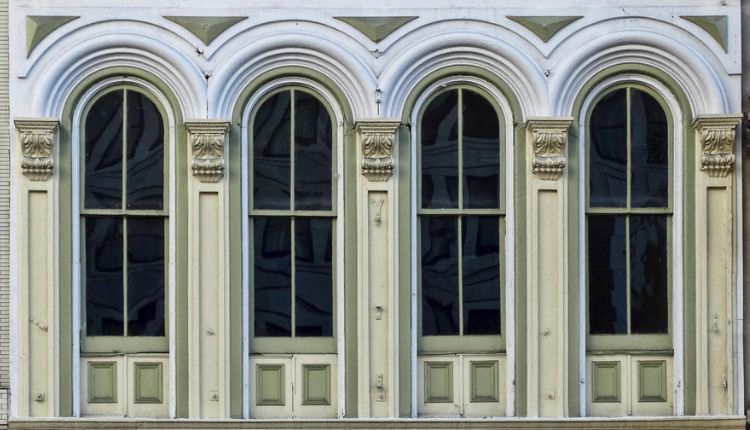Respecting the Past, Delivering the Future: VIG for Historical Window Renovation
Heritage buildings are cultural treasures—and notoriously tricky when it comes to window upgrades. Thick triple glazing can distort sightlines, overwhelm delicate frames, and complicate approvals. Vacuum insulating glass (VIG) offers a conservation-friendly path: exceptional thermal and acoustic performance in a slim assembly that often fits existing frames, preserving historic character.
Why heritage needs thin, high-performance glazing
- Aesthetics first: VIG’s slender profile maintains original mullion widths, glazing bead proportions, and the lightness of steel or timber sash.
- Comfort without compromise: Warmer interior surfaces reduce radiant chill and condensation—protecting wood finishes and reducing maintenance.
- Acoustic calm for city landmarks: Many historic façades front busy streets. Pair VIG with laminated lites to reduce noise without altering façade rhythm.
A proven roadmap for approvals
- Survey and documentation: Measure rebated depths, check frame squareness, and photograph profiles. This helps demonstrate minimal intervention.
- Thermal and condensation modeling: Show anticipated interior surface temperatures and dew point margins, especially important for museums, libraries, and galleries.
- Mock-ups and samples: Provide visual mock-ups to conservation officers with performance data and reversibility procedures.
For a practical, conservation-focused overview including case scenarios and detailing tips, start with historical windows renovation:
Minimal intervention, maximum benefit
Reusing frames keeps embodied carbon low and preserves original craftsmanship. The install process can often be reversible, aligning with conservation principles. When frames are structurally sound but glass underperforms, this guide to VIG in windows restoration outlines methods to retain heritage fabric while upgrading comfort and efficiency:
Design guidance for specifiers
Heritage approvals favor evidence-based proposals. Share this design glass façade with vacuum glass resource with your architect and façade engineer; it covers sightlines, load paths, edge distances, and coating selections that maintain visual intent while achieving performance:
Conclusion
With VIG, heritage projects can deliver modern comfort and sustainability while honoring original design. Thoughtful surveying, modeling, and reversible detailing make approvals smoother—and the results endure for generations.












